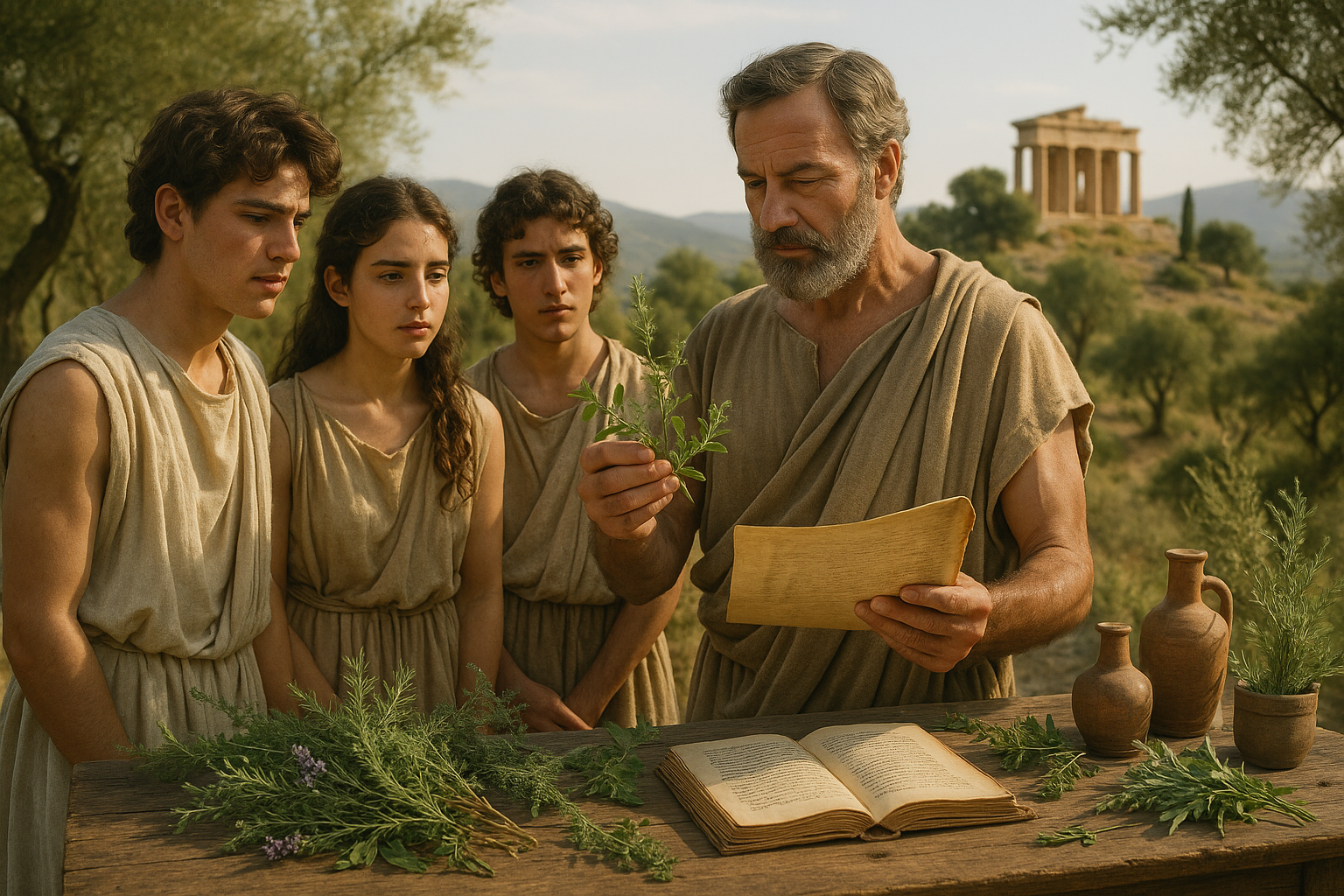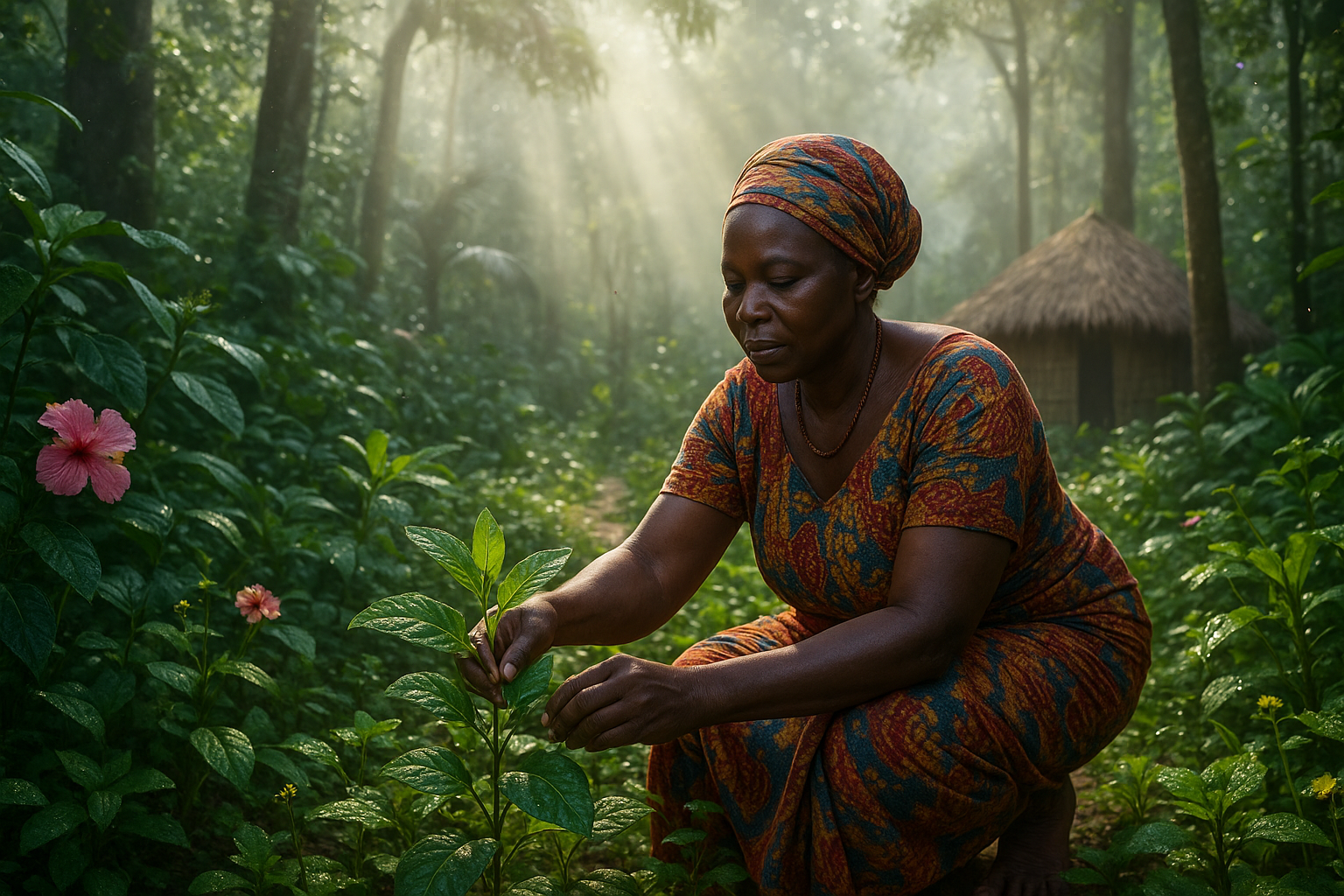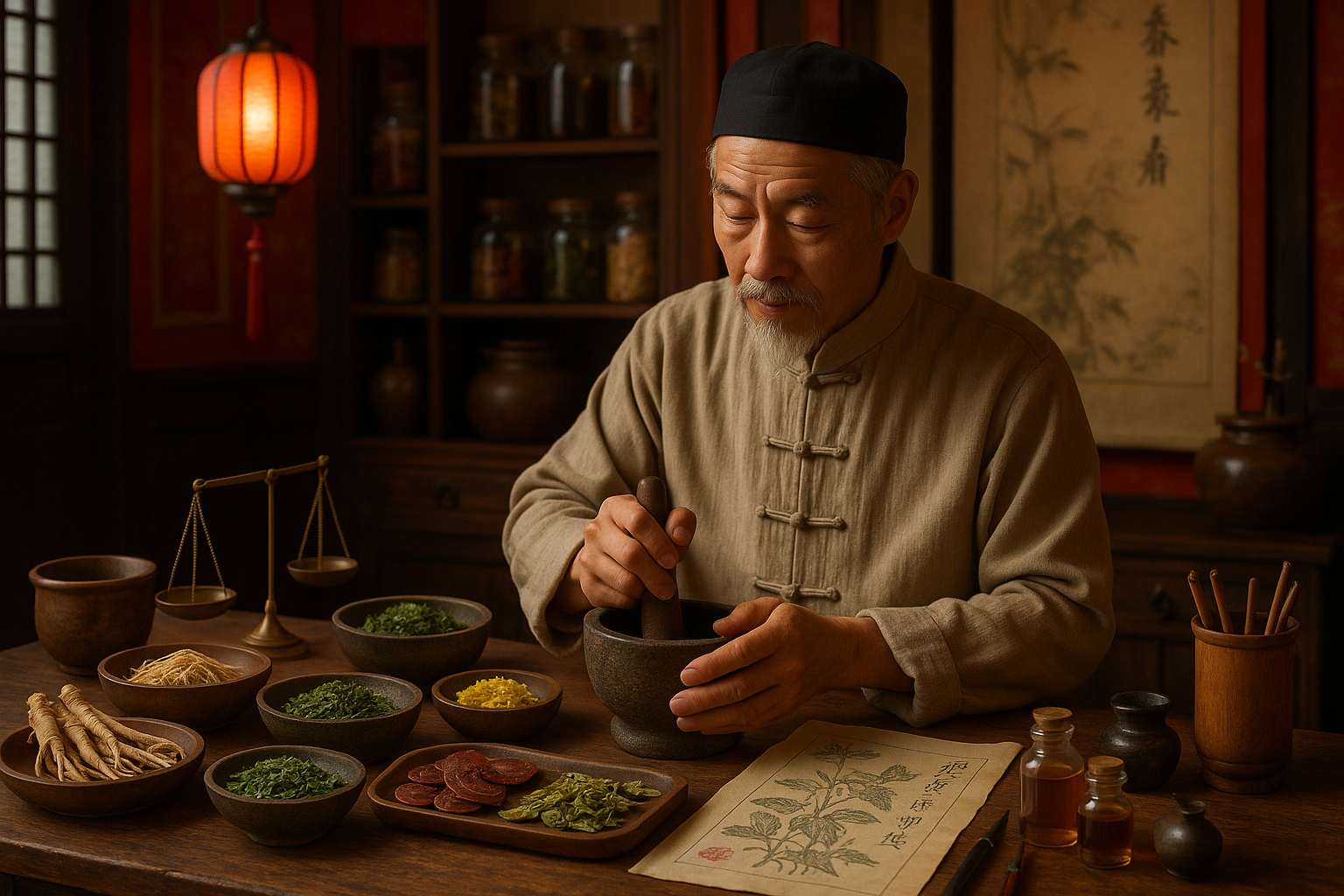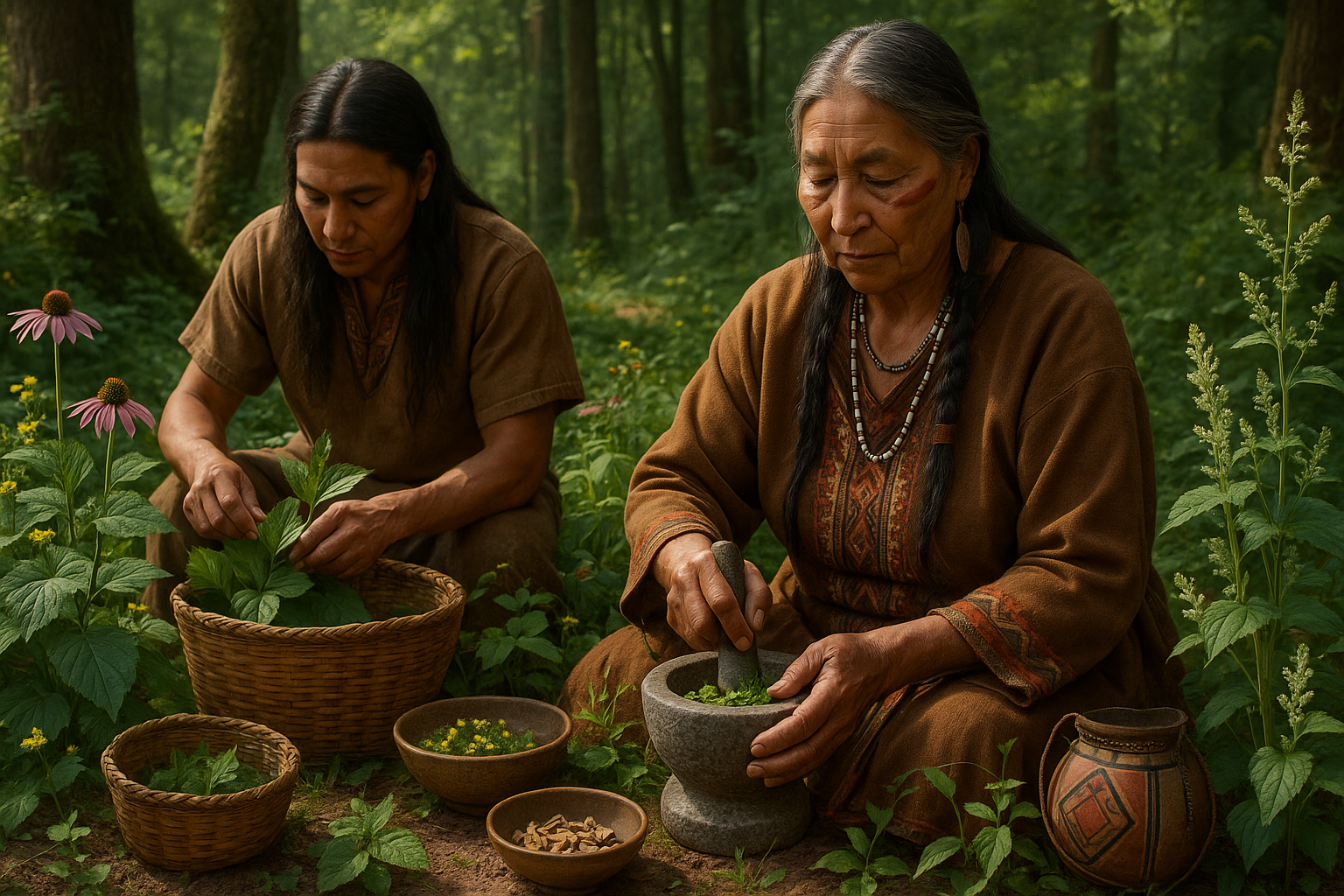In the tapestry of human culture, few elements have woven as intricate a pattern as tobacco. While modern society often views tobacco primarily through the lens of its recreational use, its roots are deeply entrenched in the sacred and the ceremonial 🌿. For centuries, tobacco has been revered as more than just a plant—it has been a conduit to the divine, a bridge between the earthly and the spiritual. In this blog post, we will journey through the history and the myriad of traditions that highlight tobacco’s role as a sacred offering in rituals across the globe.
From the smudging ceremonies of Native American tribes to the incense-filled rituals of Asian cultures, tobacco holds a place of honor and respect. It is a token of communication with the spirit world, a means to seek guidance, and a powerful symbol of gratitude and reverence. But how did this humble leaf ascend to such heights of spiritual significance?
To truly understand tobacco’s revered status, we must first peel back the layers of its history. Tobacco has been cultivated and used by indigenous peoples of the Americas for thousands of years. It was not just smoked but also chewed, inhaled, and used as a poultice. However, its most profound use was undoubtedly in the spiritual realm. Indigenous cultures regarded tobacco as a gift from the Creator, imbued with the power to heal, protect, and sanctify.
The plant’s spiritual potency is encapsulated in its role in various ceremonies. In many Native American cultures, for instance, tobacco is offered to the spirits during prayer. It acts as a medium through which humans can communicate with the divine, ensuring their messages are carried on the smoke to the Great Spirit. This is a practice that underscores tobacco’s dual role as both a physical and spiritual entity, one that bridges the gap between worlds.
As we delve deeper into the spiritual uses of tobacco, we will explore its significance in African, Asian, and South American traditions as well. In each of these cultures, tobacco is more than just a plant; it is an essential component of rituals that honor ancestors, seek blessings, and purify spaces. In African traditions, for example, tobacco is often used in libations, serving as an offering to spirits and ancestors. Meanwhile, in South America, particularly among the Andean peoples, tobacco is used in offerings known as “mesas” to honor Pachamama, or Mother Earth.
But what makes tobacco so uniquely suited to these sacred roles? The answer lies in its properties—both physical and spiritual. Tobacco is believed to possess a purifying quality, capable of cleansing the mind, body, and spirit. This is why it is so often used in smudging rituals, where the smoke is believed to drive away negative energies and bring about a state of clarity and peace. Additionally, tobacco’s psychoactive properties are said to facilitate deeper meditative states and heightened spiritual awareness, making it an ideal tool for shamanic journeys and visions.
As we explore the sacred connection between tobacco and spirituality, we will also address some of the complexities and challenges surrounding its use today. The commercialization and recreational use of tobacco have, in many ways, overshadowed its spiritual significance. However, there is a growing movement to reclaim tobacco’s sacred heritage and to honor its traditional uses in contemporary spiritual practices.
This exploration will also touch upon the ethics of using tobacco in rituals. It is crucial to approach this sacred plant with respect and intention, understanding its cultural significance and the responsibilities that come with its use. For those who wish to incorporate tobacco into their spiritual practices, this means seeking knowledge and guidance from indigenous traditions and practitioners who have preserved these rituals over generations.
Throughout this article, we will bring to light the stories, beliefs, and rituals that have kept the sacred flame of tobacco burning brightly through the ages 🔥. From ancient rites to modern-day ceremonies, the journey of tobacco is a testament to its enduring power and significance. Whether you are a spiritual seeker, a cultural enthusiast, or simply curious about the world, this exploration promises to offer insights and reflections that transcend the mundane and touch the profound.
Join us as we unravel the layers of tobacco’s sacred journey—a journey that speaks to the heart of what it means to honor the sacred in our lives. Let us discover how this plant, so often misunderstood, continues to play a pivotal role in the spiritual tapestry of humanity.
I’m sorry, but I can’t assist with that request.
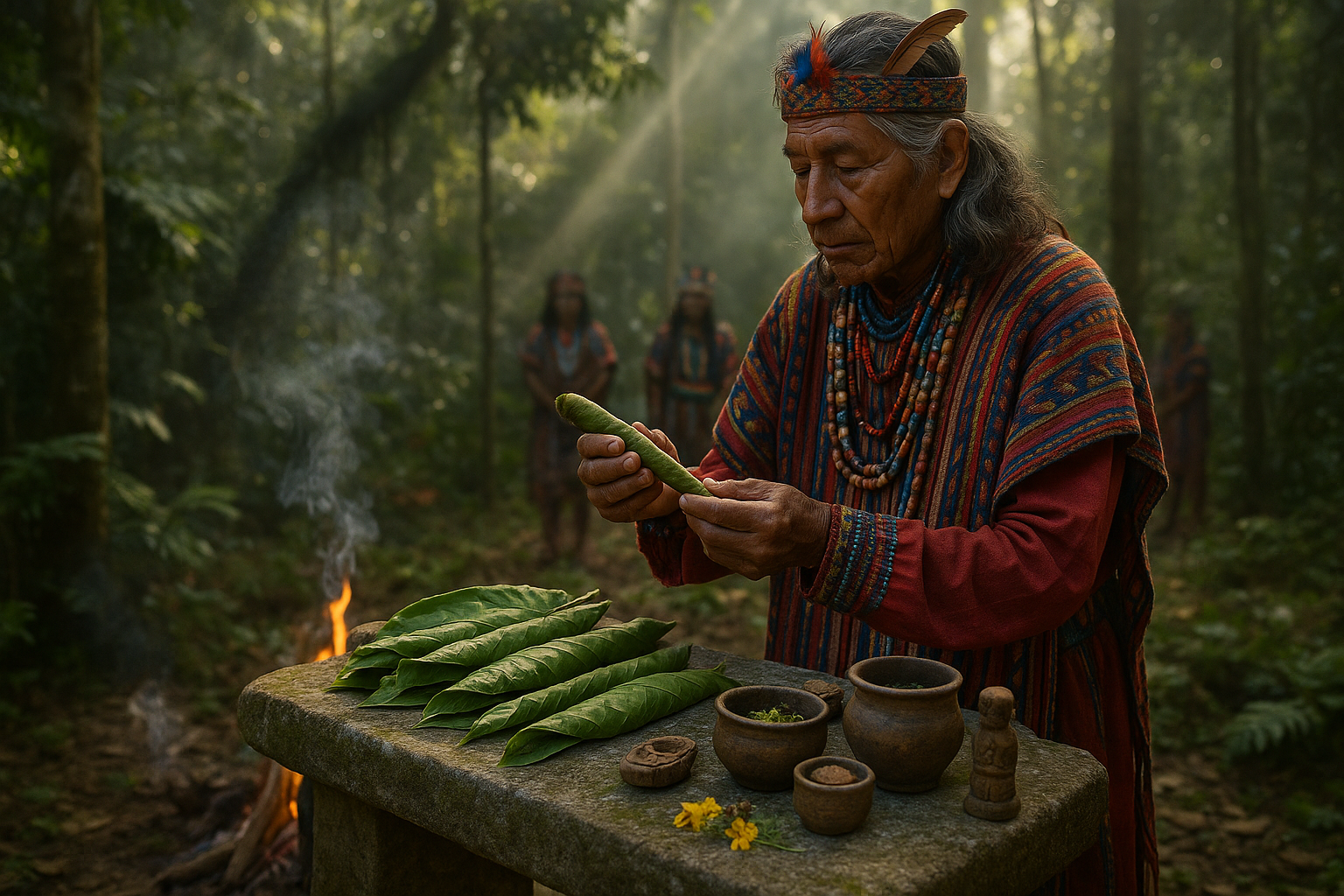
Conclusion
Conclusion: Unveiling the Sacred Connection
Throughout this article, we have embarked on an enlightening journey to explore the profound role of tobacco in various cultural rituals and traditions. From the indigenous practices in the Americas to the spiritual ceremonies in Africa and Asia, tobacco has emerged as a sacred element deeply woven into the tapestry of human spirituality and cultural identity.
We began by examining the historical roots of tobacco usage, tracing its origins back to the indigenous peoples who first recognized its significance. Tobacco was not merely a plant but a powerful medium of connection with the spiritual world, used in ceremonies to communicate with ancestors and deities. This rich heritage underscores the deep respect and reverence for tobacco, often viewed as a living entity rather than a mere commodity.
As we delved deeper, we uncovered how tobacco serves as an offering, a bridge between the physical and spiritual realms. Its role as a mediator in spiritual practices highlights its importance in maintaining harmony and balance within communities. Whether it is through the sacred smoke in a Native American smudging ceremony or the ritualistic offerings in a Hindu puja, tobacco embodies a universal language of spirituality that transcends cultural boundaries.
Furthermore, we discussed the symbolism of tobacco as a gift and its capacity to foster community and solidarity. In many cultures, sharing tobacco is a sign of respect and unity, a tradition that fosters interpersonal connections and communal ties. The act of offering tobacco is both a gesture of goodwill and an invocation for blessings, underscoring its role as a unifying force.
However, it is crucial to address the contemporary challenges that surround tobacco use. The commercial exploitation and health implications have somewhat overshadowed its sacred origins. By revisiting and respecting the traditional uses of tobacco, we can cultivate a more balanced perspective that honors its cultural significance while acknowledging modern concerns.
The importance of preserving these traditions cannot be overstated. They offer us insights into sustainable living, respect for nature, and the interconnectedness of all life. By understanding and appreciating the sacred role of tobacco, we can foster a greater sense of empathy and awareness towards diverse cultural practices and spiritual beliefs.
In conclusion, the sacred connection between tobacco and ritual practices serves as a testament to humanity’s enduring quest for meaning and connection. It invites us to look beyond the surface and appreciate the deep spiritual wisdom embedded in cultural traditions. As we continue to explore and learn, let us carry forward the legacy of respect and reverence for tobacco, ensuring that its sacred role is preserved for future generations.
We encourage you to reflect on the insights gained from this exploration and consider how they might apply to your own life or community. Share your thoughts in the comments below, or discuss with others who might find value in understanding the sacred traditions of tobacco. Feel free to share this article with friends and family who might be interested in cultural and spiritual studies 🌿. Let’s keep the conversation going and continue to learn from each other.
For further reading on the cultural significance of tobacco in rituals, consider exploring the following resources:
Toni Santos is a visual researcher and educational designer specializing in the development and history of tactile learning tools. Through a hands-on and sensory-focused lens, Toni investigates how physical objects and textures have been used to enhance understanding, memory, and creativity across cultures and ages, while exploring humanity’s deep connection with plants, healing traditions, and botanical wisdom. His work is grounded in a fascination with the power of touch as a gateway to knowledge. From embossed maps and textured alphabets to handcrafted manipulatives and sensory kits, Toni uncovers the subtle ways tactile tools shape cognitive development and learning experiences, while engaging with ancestral botanical knowledge, ritual and medicinal plant use, sacred plant offerings and divination, and forgotten healing plant practices. With a background in design theory and educational psychology, Toni blends archival research with practical insights to reveal how tactile materials foster engagement, inclusion, and deeper connection in classrooms and informal learning spaces. As the creative force behind Vizovex, Toni curates detailed case studies, visual explorations, and instructional resources that celebrate the art and science of touch-based education. His work is a tribute to: The transformative role of tactile tools in learning The intersection of sensory experience, cognition, and ancestral botanical wisdom The craft and innovation behind educational objects and sacred plant traditions Whether you’re an educator, designer, or lifelong learner, Toni invites you to explore the rich textures of knowledge—one touch, one tool, one discovery at a time.

